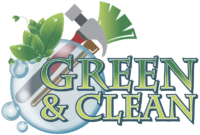Every chimney serves a simple but vital purpose: it channels smoke, gases, and heat safely away from your home. Yet one small component at the top of that structure often determines how well it performs. Many homeowners wonder are chimney caps required by code, and while not every region enforces the same rule, their importance in safety and system performance is undeniable. A chimney cap protects the flue from rain, debris, and animals, while helping prevent downdrafts that carry smoke back into living spaces. Understanding what building standards say about these devices and why they matter helps ensure a safer, more efficient fireplace system.
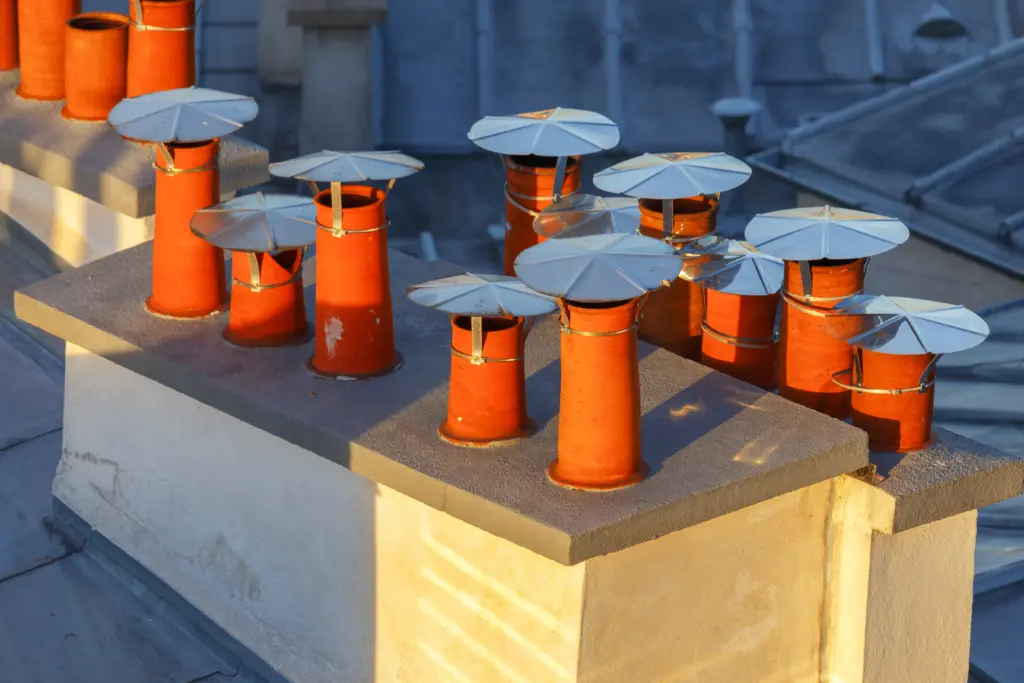
Understanding What a Chimney Cap Really Does
The chimney cap sits above the flue opening like a shield. Its sloped top keeps rain and snow from entering, while fine mesh sides allow gases to vent freely. This simple design guards against multiple hazards at once. Without it, moisture can reach the liner, eroding mortar and allowing cracks to form. Over time, that moisture may seep through masonry and cause staining inside the home. Animals, leaves, and twigs can also enter uncovered chimneys, creating blockages or nesting materials that restrict airflow. A quality cap prevents those issues before they begin, reducing the need for costly repairs.
Professionals often describe the chimney cap as the first line of defense in any fireplace system. When installed properly, it improves safety, extends the structure’s lifespan, and even helps regulate airflow. Homeowners asking are chimney caps required by code are often surprised to learn that while some areas treat them as mandatory, others classify them as a recommended safety feature. Either way, their function aligns perfectly with the intent of modern building codes, which focus on protecting structures from fire and weather damage.
How Building Codes View Chimney Protection
The answer to whether chimney caps are required by code depends on local regulations and the type of appliance the chimney serves. The International Code Council (ICC) publishes model codes that many states and municipalities adopt or modify. These guidelines specify that chimneys must be constructed and maintained to prevent water damage and ensure safe venting. While the text may not always use the term “chimney cap,” it often requires a “rain cover” or “spark arrestor” on exposed flues. Local inspectors interpret these rules to fit regional weather and construction practices, meaning that in many Ohio communities, a chimney cap is effectively mandatory for compliance.
Beyond legal requirements, national safety organizations recognize chimney caps as essential protective components. The Chimney Safety Institute of America (CSIA) advises that every chimney have a properly fitted cap to prevent damage from moisture, pests, and embers. Even if your municipality does not list caps as a strict code item, following these professional recommendations ensures your system meets accepted safety standards. For new construction or remodels, inspectors frequently expect to see a cap in place before approving the project.
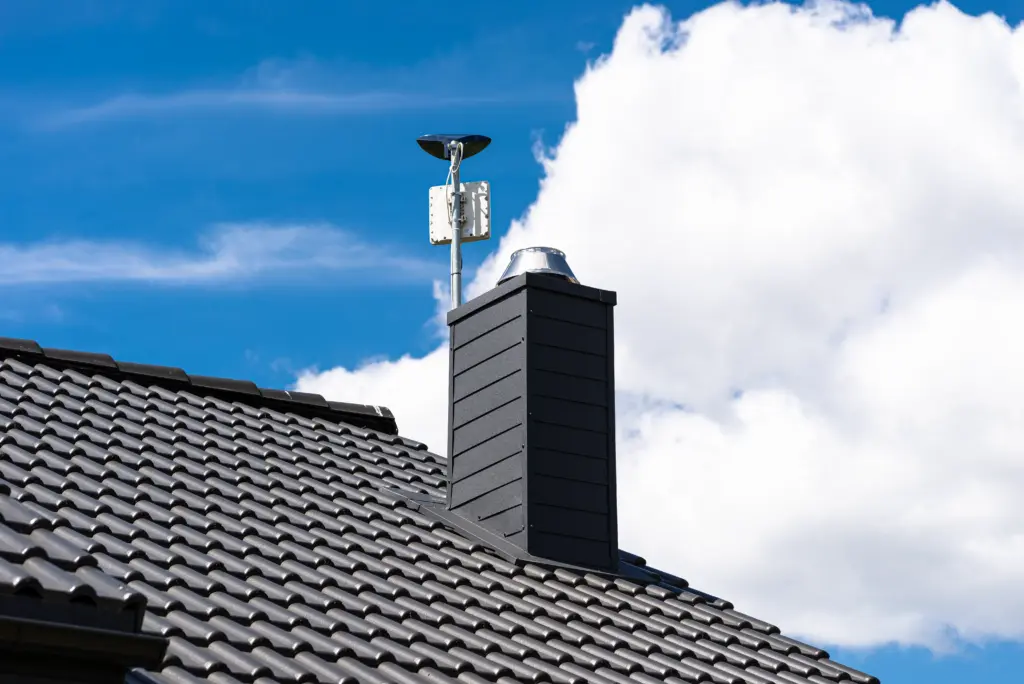
The Role of Caps in Fire and Weather Safety
Fire safety is one of the strongest arguments for installing a cap. When sparks rise through the flue, a metal screen or mesh barrier at the top prevents them from escaping and landing on nearby roofs or trees. This protection is especially important in wooded or suburban areas where dry leaves and twigs collect easily. During winter, caps also stop snow and ice from entering and melting inside the flue, where moisture could freeze again and expand, leading to cracks in liners or brickwork. Those who ask are chimney caps required by code often realize that, even if not listed explicitly, they serve several safety functions that codes aim to enforce indirectly.
In addition to reducing fire risks, chimney caps support better indoor air quality. By blocking wind from blowing down the flue, they prevent smoke and carbon monoxide from drifting into living areas. This not only protects your home’s interior surfaces from soot but also keeps the air you breathe cleaner and safer. In that sense, a cap acts as both a structural safeguard and a health measure for the household.
Why Moisture Control Matters More Than You Think
Moisture is one of the most persistent enemies of masonry and metal components inside a chimney. When rainwater runs directly into the flue, it combines with creosote and ash to form acidic compounds that eat away at brick and mortar. Over time, this erosion weakens the structure and increases the chance of leaks. Installing a chimney cap eliminates this problem by diverting rainwater before it enters. For lined systems, caps prevent rust on metal liners and corrosion on dampers, extending the life of these critical parts. Understanding are chimney caps required by code becomes less about legal obligation and more about protecting your investment from long-term damage.
In climates like Northeast Ohio, where temperature swings cause frequent freeze and thaw cycles, moisture protection is even more important. Without a cap, trapped water expands during freezing, creating cracks that grow with each season. These cracks allow heat and gases to escape into surrounding materials, raising fire risk. A properly fitted chimney cap acts as simple, low-cost insurance against this recurring cycle of damage.

Energy Efficiency and Performance Benefits
Few homeowners realize that chimney caps also help improve energy efficiency. By reducing downdrafts, they stabilize airflow and allow fireplaces to burn more efficiently. When cold air flows back through an uncovered chimney, it cools the fire and makes the room harder to heat. A cap helps maintain proper draft so combustion stays steady and fuel burns completely. That efficiency saves energy and prevents smoke buildup that can stain interiors. Although most homeowners focus on appearance or wildlife prevention, understanding this functional side explains why many energy experts consider caps an essential upgrade for modern homes.
Energy efficiency also ties directly to safety. Consistent draft ensures that carbon monoxide and other gases exit the home quickly. The result is cleaner air and a system that performs reliably through changing weather conditions. Green & Clean Home Services often emphasizes this point during inspections, helping homeowners see how one small feature contributes to the overall health and comfort of the home.
What Professionals Check During Inspection
During a professional chimney inspection, technicians evaluate whether the cap fits securely, allows proper airflow, and meets manufacturer or code specifications. They check the mesh size to confirm it prevents animal entry without restricting exhaust. In many homes, older caps become rusted or damaged by storms and need replacement. Our team at Green & Clean Home Services examines these details carefully because even small defects can compromise the entire system. We ensure the cap works in harmony with the flue liner, crown, and masonry to provide full protection year-round.
Homeowners who want to confirm compliance or prepare for property inspections often ask our technicians directly: are chimney caps required by code in this area? The answer typically depends on the type of fireplace, local weather conditions, and regional regulations. Whether mandated or not, Green & Clean’s approach remains the same. We recommend every chimney include a properly installed, code-compliant cap for complete safety and peace of mind.
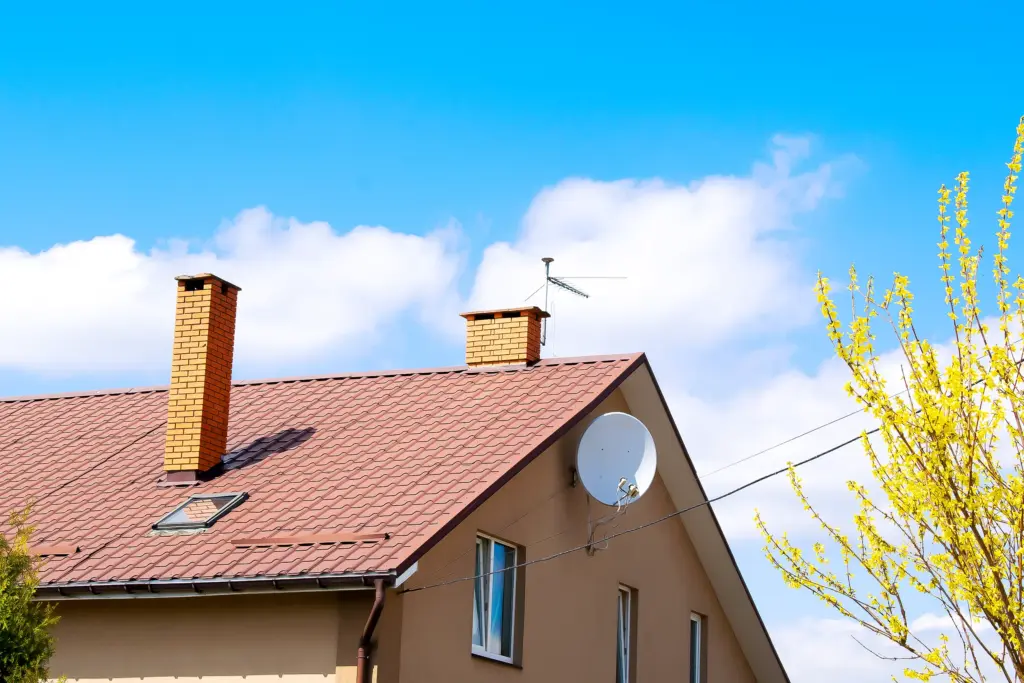
Connecting Safety to Long-Term Maintenance
A chimney cap represents one of the most affordable and effective improvements a homeowner can make. It safeguards structural integrity, reduces maintenance costs, and enhances performance. Over time, exposure to heat and moisture can loosen fittings or cause corrosion, so regular maintenance ensures the cap continues functioning as intended. Scheduling annual chimney service allows professionals to inspect, clean, and replace any worn parts. This routine care aligns with national standards and preserves the longevity of both traditional and gas fireplaces alike.
For households in Lake, Cuyahoga, Geauga, Summit, and Portage Counties, Green & Clean Home Services offers comprehensive chimney inspections that include checking cap condition, flue integrity, and overall ventilation performance. By combining expert assessment with high-quality replacement options, we help ensure your home meets code expectations while maintaining comfort and efficiency. Homeowners who keep up with this simple maintenance step often avoid expensive structural repairs later on.
When It Is Time to Call a Professional
If you are uncertain about the condition of your chimney or unsure whether it meets local requirements, a professional inspection provides clear answers. Look for warning signs such as moisture on the firebox walls, rust around the damper, or visible gaps at the top of the chimney. These may indicate missing or failing caps. Ignoring them can lead to damage that spreads through the masonry and affects indoor air quality. Green & Clean Home Services uses specialized equipment to inspect hard-to-reach areas and identify underlying issues safely. Our technicians offer honest evaluations and detailed recommendations that fit both your home’s design and your community’s building standards.
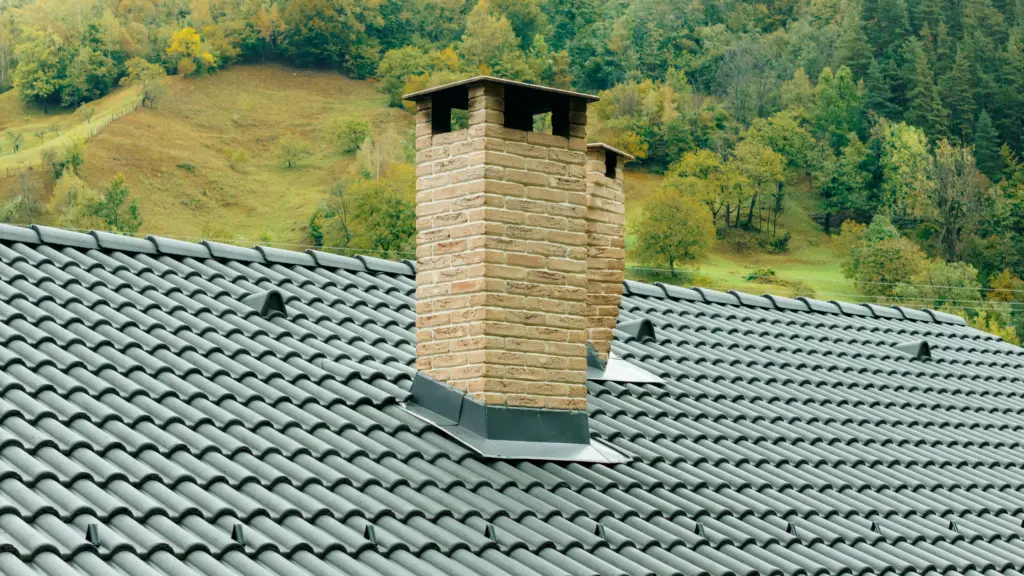
Final Thoughts on Code, Safety, and Care
The question are chimney caps required by code reveals how a small feature carries significant responsibility. Whether or not local ordinances explicitly require them, chimney caps remain an essential component of a safe and efficient fireplace system. They protect against weather, improve air quality, and prevent hazards that codes are designed to minimize. In practice, every professional chimney organization and safety authority encourages their use as standard practice for responsible homeowners.
If your chimney lacks a cap or the one in place shows signs of wear, now is the perfect time to act. Visit our Chimney Services page to learn how we can help, or contact us to schedule an inspection. At Green & Clean Home Services, our team combines craftsmanship, code knowledge, and care to keep your home safe, efficient, and ready for every season.
